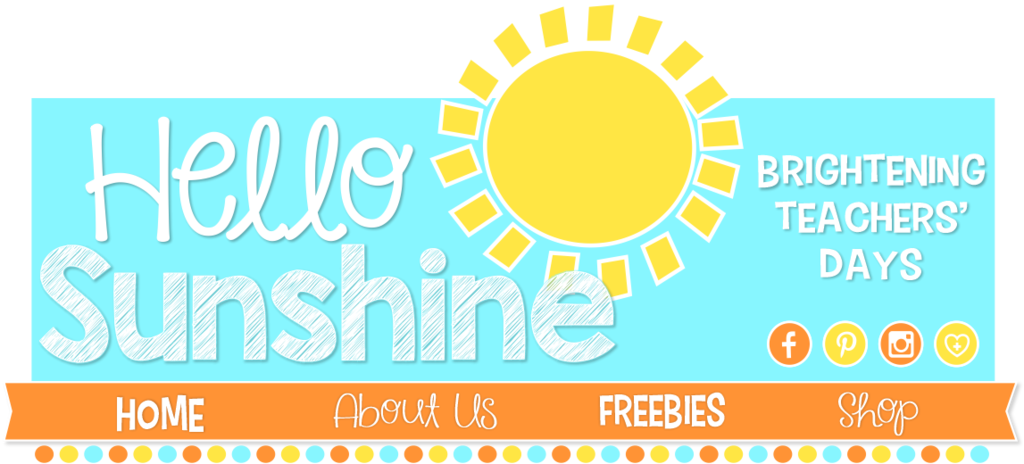I love January because it is finally cold here in Arizona and we are able to explore some of our favorite winter days! Last year we celebrated snowman day in December, and when we were planning this year we decided to extend it to January! I am so glad that we did because we were able to do so much with it, and didn't have to worry about how busy it was during Christmas!!
For math I did a few different snow and snowman themed math centers! The students' favorite activity was "building" their snowman! They had different pieces they needed for their snowman and they were able to answer different math problems to build their snowman. These problems ranged from telling time, adding, multiplying and place value. It was a great review activity where they were able to practice many different skills!
Another one of their favorites during math was coloring their snowman to make a glyph! We are then going to go through and graph the data so we can find out how many of our friends have never seen snow before!
We met up with our first grade friends in the afternoon and we put together a fun snowman craft! My friend Ashley, from Adventures in a First Grade Jungle, created a cute craft for us to put together! The kids love it, and then it is awesome to see how different they look even when they start from the same pieces!
You can check out more of my fun January ideas on my Pinterest board!!

















































